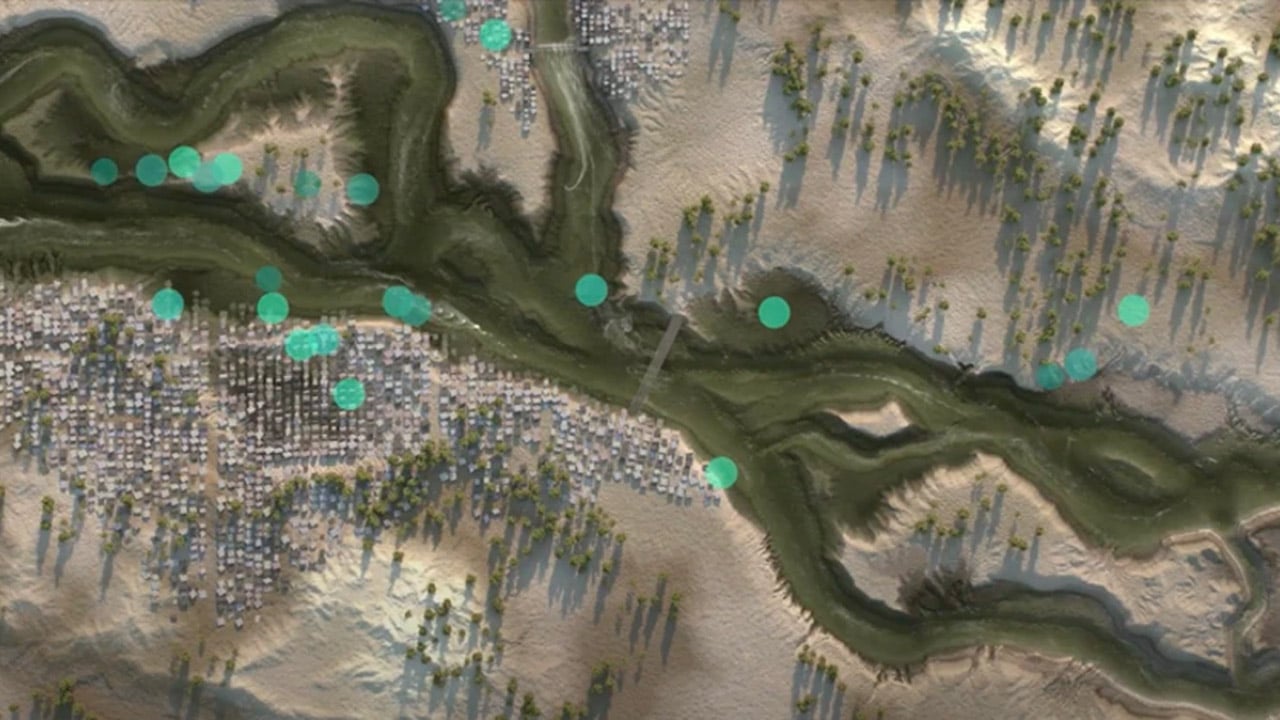The event was held today Inventors @ Google, where the Google teams showed how they are creating new tools to help people around the world solve problems big and small, to increase their knowledge, success, health and happiness thanks to the power of technology. Among these tools we find the one that allows forecasts of floods generated by Machine Learning, which is now more accessible and intuitive. In addition, Google showed a brand new virtual tour of the Quantum AI Campus, which opened earlier this year with the aim of accelerating solutions to some of the world’s most pressing problems.
Google: Machine Learning-generated flood predictions are now more accessible and intuitive
Among the tools discussed during the Google event is the one that allows you to have the forecasts of floods generated by Machine Learning. The initiative was launched in 2018 with the aim of helping combat the catastrophic damage caused by floods every year, equipping those in danger with accurate and detailed warnings. The initiative is part of Google’s Crisis Response program, which provides people with access to reliable information and resources at critical times.
In these three years, Google has extended the tool to a large part of theIndia and Bangladesh, covering an area of approximately 220 million people and generating 40 million potentially life-saving alarms. In 2021, the operating systems were further extended to an area with beyond 360 million people. This resulted in nearly three times the number of alerts, exceeding 115 million, thanks to improved flood forecasting technology.
Google alerts make sure people get basic information by viewing flood maps, which show the extent and depth of these starting from Google Maps. The new multiple flood model and advances in uncertainty management across all models also enable the company to deliver information in a meaningful way and deliver it to many more people.
The Google Flood Hub
Also, to convert flood data to be more local, Google recently launched the Google Flood Hub. The purpose is to zoom in on the flood maps and provide information focused on highly specific locations, like a village. The Flood Hub provides the same flood depth and extent information in a more visual format that helps people understand the current and expected flood situation in their area instantly.
Google has also partnered with several local humanitarian organizations to help disseminate alerts to those who do not have access to smartphones or the internet. He also worked closely with local teams who traveled between villages to train local people and their volunteers.
The flood forecasting system is now in place throughout India and Bangladesh. Google is working to expand these lifesaving alerts to countries in theSouth Asia and South America and then take it to other countries of the world.
Google’s other tools
Google then spoke of Project Relate, an application that uses machine learning to help people with language disorders caused by neurological conditions to communicate through three features: speech to text; speech to speech and interacting directly with the Google Assistant.
The AI system of Google Healthinstead, it is capable of identify cancer in mammograms with greater precision than specialists. Google is currently working with the UK nation health system to evaluate the potential of AI-based breast screening. This would improve the accuracy, safety, affordability and patient experience.
Google then spoke of Pet Portrait, in the Google Arts & Culture app, which allows you to find the artwork that is closest to your pet, through machine learning. Finally the new campus was shown Quantum AI in Santa Barbara.















Leave a Reply
View Comments